In the world of advertising, storytelling starts when the camera stops rolling. In any filmmaking process, the real storytelling begins with post-production. The pace and emotional tone of a commercial are shaped in the editing room, where visuals, audio, colour, and transitions come together to create a message that captures attention and inspires action. This is where video editing techniques, motion graphics, sound design, colour grading, and visual effects transform raw footage into a memorable ad.
Whether you’re a marketer, a creator, or a brand strategist, understanding the ad post-production workflow can help you produce ads that can convey your message and also get conversions for the brand.
1. The Power of Storytelling in Ad Editing
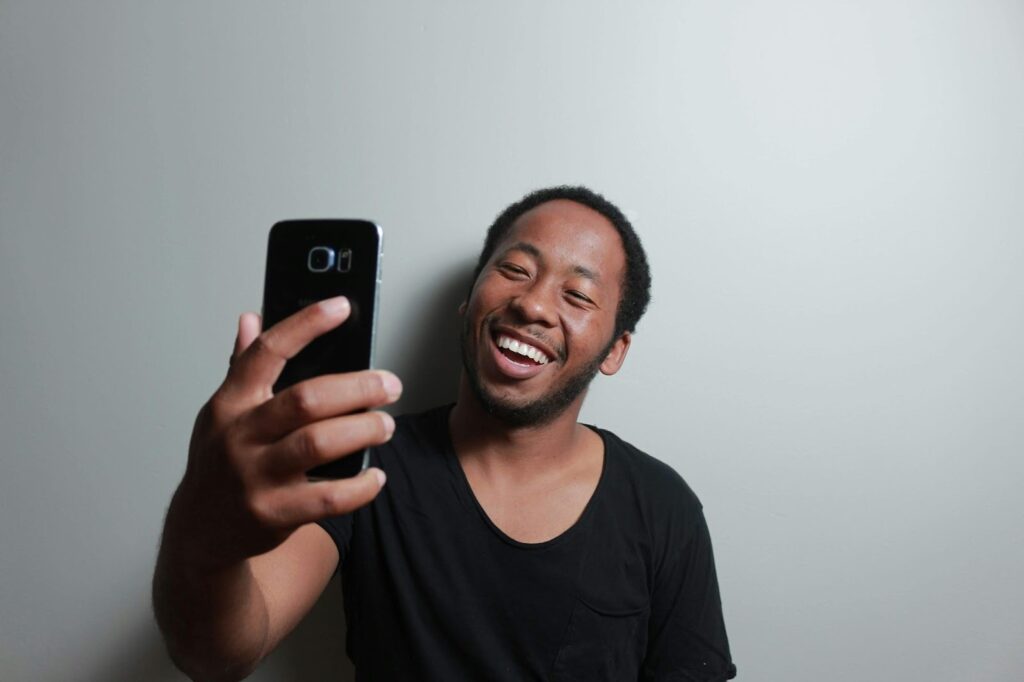
Every impactful commercial film, no matter the length, starts with a story. Ad storytelling through editing is about guiding the viewer to feel the right emotions at the right timestamp.
- What do you want the consumer to feel first? Curiosity or urgency?
- How does the story reveal the product’s value?
- Where does the emotional peak happen?
Editors often build this by using:
- Pacing and rhythm to control intensity
- Transitions and cuts to create the right flow
- Strategic highlighting of product benefits
Edits like holding a shot for an extra beat or cutting right on the beat of a soundtrack can dramatically change the ad’s emotional potency.
2. Pacing and Rhythm: Keeping Viewers Hooked
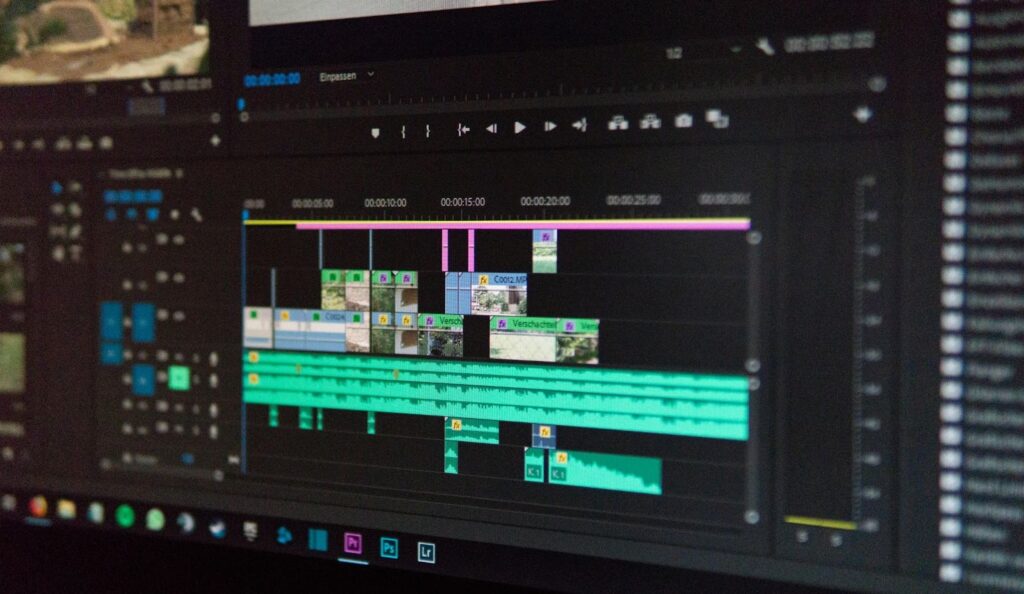
In the modern world of scrolling, viewers often decide within three seconds whether something is worth their attention. This makes attention-grabbing video edits a necessity.
Effective pacing involves:
- Faster cuts for energetic and youthful brands.
- Smoother, slower pacing for luxury, wellness, or emotional brands.
The core rule:
Match the speed of your edit to the energy of your message.
This is crucial in ad campaign video editing, especially when adapting for multiple platforms like Instagram Reels, YouTube Shorts, or OTT commercial spots.
Want to know how a top agency handles this? Go check out our blog: How a Top Video Editing Service Agency Creates Ads That Drive Real Results.
3. Motion Graphics for Ads: Visual Clarity Meets Style
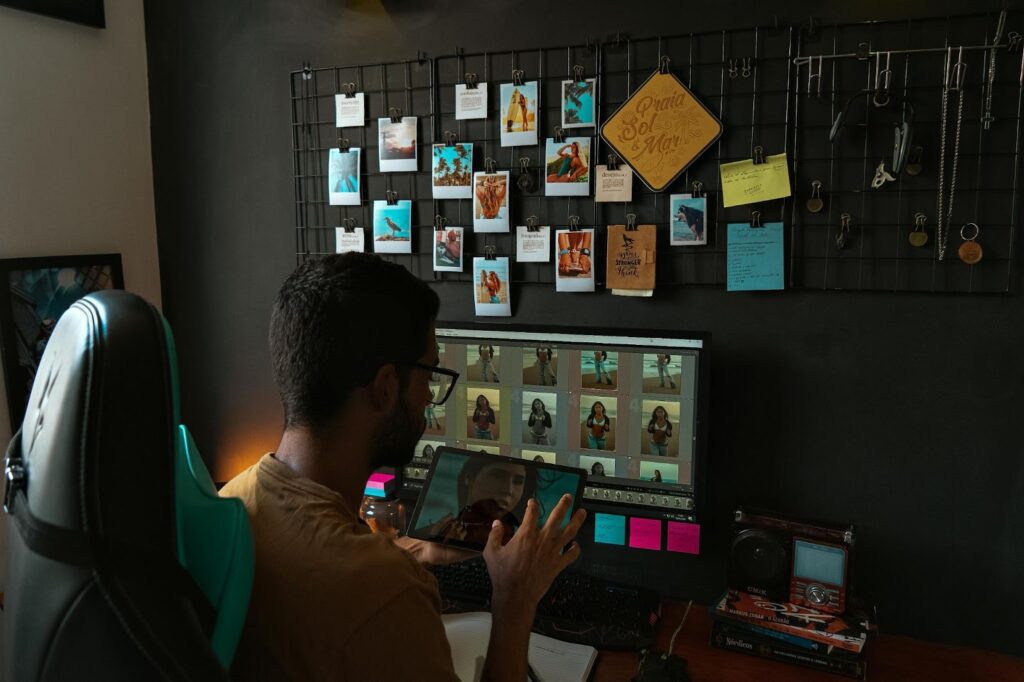
Motion graphics look cool, but they serve a much larger purpose. They help guide attention to the important aspects of your story.
Use motion graphics to:
- Highlight discounts, features of the product, or brand statements
- Introduce or reinforce brand identity
- Create rhythm through animated text or product UI demos
Brands like Zomato rely heavily on creative ad editing that integrates text, shapes, and assets that move in sync with music. This is called storytelling through design.
4. Colour Grading in Advertising: Setting Mood and Brand Identity
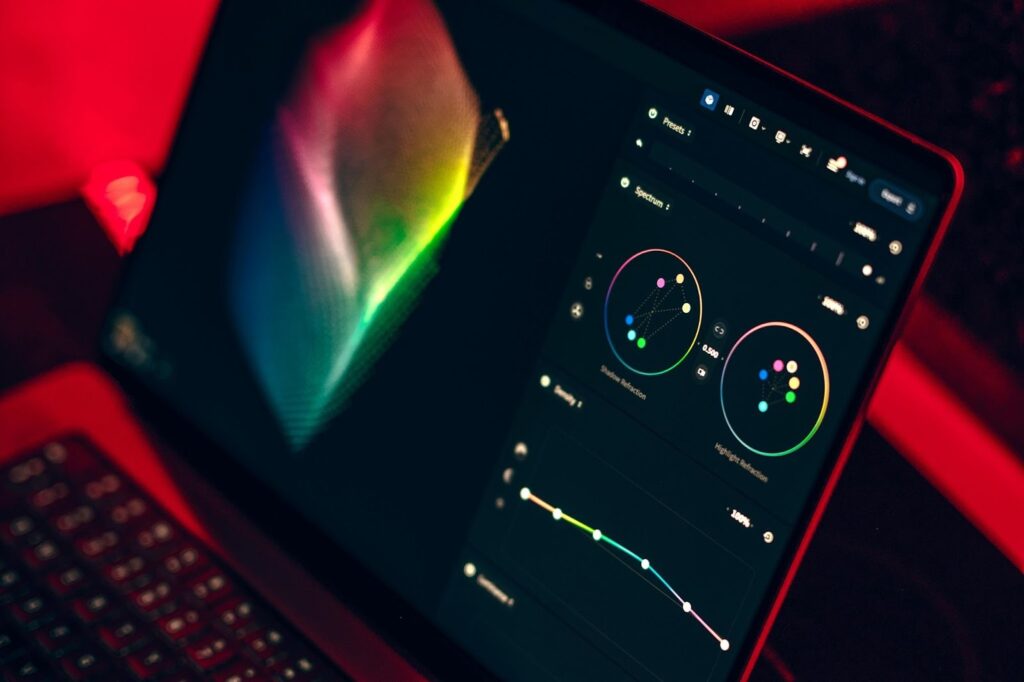
Colour grading in advertising helps shape the emotional perception of your brand. A product shot means very little without a colour tone that supports the mood.
Examples:
- Warm and youthful messages can be portrayed by bright and saturated colours.
- Luxury or premium brands use high contrast, rich shadows, and deep tones.
- Calm and trust-based services are promoted through soft, neutral, and cool palettes.
This stage in the post-production process sets the visual identity that the brand wants to be associated with.
5. Sound Design for Commercials: Emotion Expressed Through Sonics

Sound design for commercials is often the silent hero of impactful ads.
Key audio elements include:
- Crisp dialogue
- Atmosphere or ambient textures
- Sound effects (Clicks, fabric swishes, product sounds, etc.)
- Music that matches the pacing and emotion of the edit
A click or swish can modulate energy in the intended direction. A beat drop timed with a product reveal is unforgettable.
6. Visual Effects for Advertisement: Enhance, Don’t Distract.

Visual effects in advertising must support the message, not overshadow it.
Use VFX thoughtfully to:
- Highlight product details (rotating 3D product shots)
- Add excitement (particle motion, light flares)
- Create modern or futuristic vibes (UI hologram effects)
The key is subtlety. Remember, VFX is not the central part of your ad; it is an enhancement that must be used smartly to uplift the message.
7. Editing Software for Ad Creators
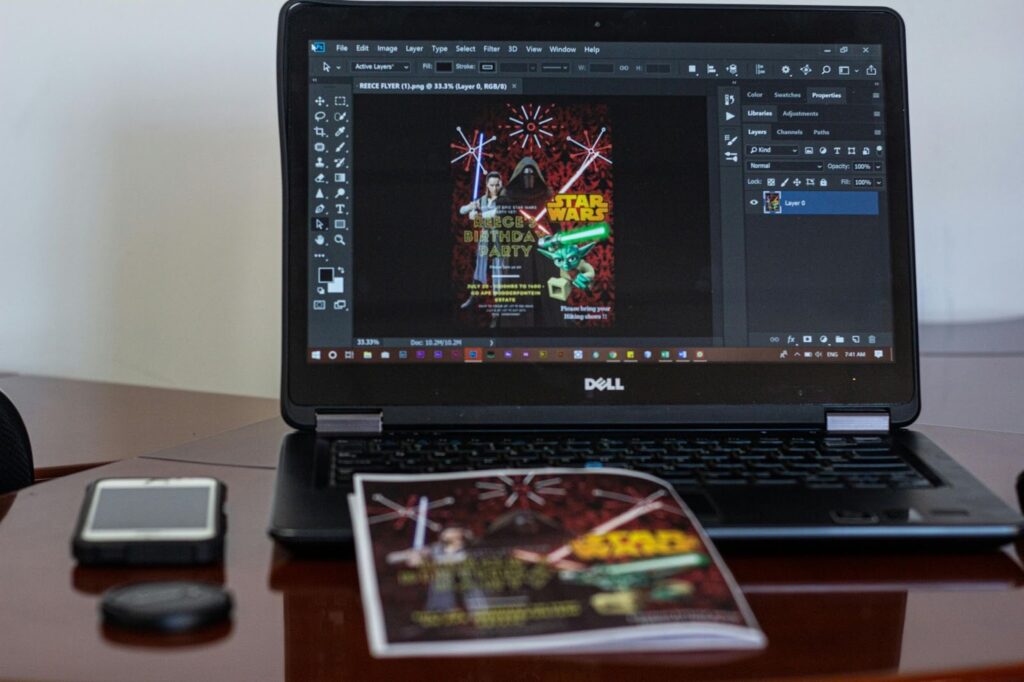
Professional editing tools available today allow creators at any level to produce polished ads.
Recommended software:
Adobe Premiere Pro (industry standard)
Final Cut Pro (industry standard, best for Apple users)
After Effects (motion graphics and VFX)
Choosing the right tool depends on the goal you are trying to achieve. Editors, motion designers, and colourists may use different tools within the same ad post-production workflow to take the message to the next level.
8. Best Post-Production Practices
To ensure a quality final cut:
- Start with a clear storytelling intent before timeline editing begins.
- Create multiple cuts for different platforms and audience behaviours.
- Use editing tips for marketers: always preview ads with the sound off to understand the ad’s flow.
- Aim for enhancing ad engagement through editing by emphasising rhythm, clarity, and brand recall.
- Keep version backups. Ads always evolve through the feedback loop.
Trends come and go, but strong fundamentals is the most important aspect of post-production workflow.
9. Editing Trends in Advertising
The industry evolves fast. Current editing trends in advertising include:
- Short-form vertical storytelling (Reels/TikTok)
- Text-driven narratives for sound-off viewing
- Hyper-real product visuals (textures, macro shots)
- Creator-driven, authentic style edits
- Influence of cinematic transitions on commercial pacing
Brands today value personality and relatability over perfection.
10. The Final Layer: Ad Optimization Through Post-Production

Once the edit is done, the job isn’t finished. Insights provided by social media platforms can help your next ad or piece of content perform better.
Analyze:
- Watch time
- Viewer drop-off moments
- Audio engagement
- Visual clarity
This feedback guides your commercial video polish techniques and future iterations of the campaign.
Ad editing isn’t just about putting clips together and adding a soundtrack; it is storytelling, persuasion, psychology, and design rolled into one creative craft. With the right video editing techniques, colour, motion, sound, pacing, and narrative strategy, you can turn raw footage into a commercial that connects, convinces, and converts.
Conclusion:
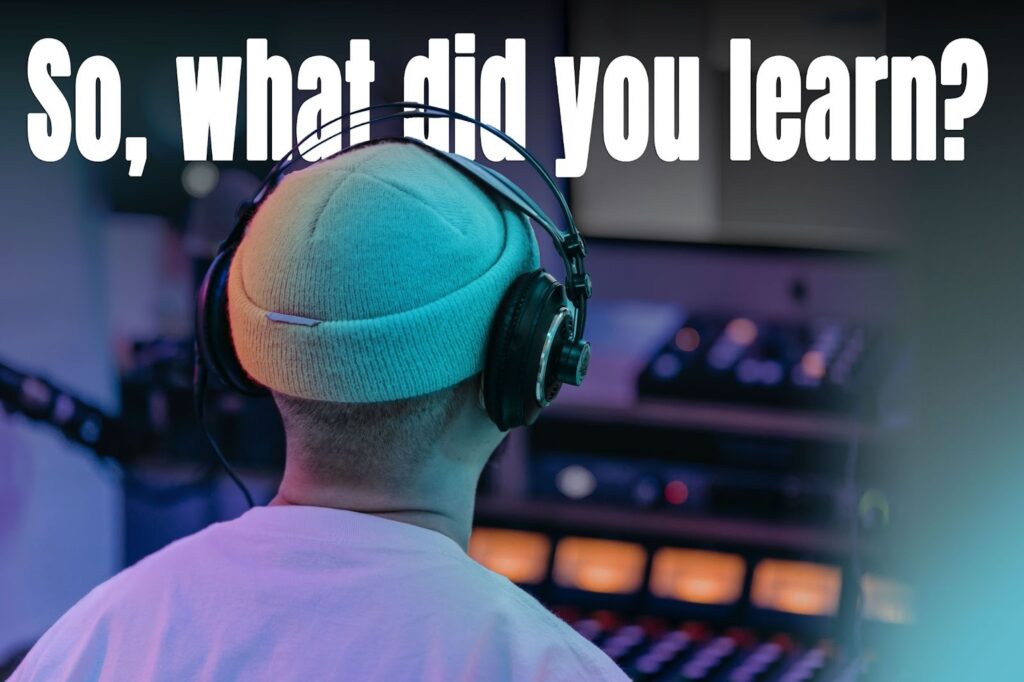
The magic of advertising happens in post-production, and mastering that magic is how brands stand out.
If you are looking for experienced editors, graphic designers, and VFX artists to make your ads pop, look no further than Third Eye Blind Productions.
FAQs.
1. What is post-production in advertising?
Post-production in advertising refers to the process that begins after filming ends. It includes video editing techniques, sound design, motion graphics, colour grading, and final polishing before the ad goes live. Essentially, it’s where raw footage is transformed into a compelling, high-quality story that connects with audiences.
2. Why is post-production important for ad campaigns?
Post-production is where an ad’s emotional and visual impact truly takes shape. Through creative editing, pacing, and rhythm, and careful sound design, editors can guide viewers’ emotions, emphasise brand messages, and ensure maximum engagement. A strong ad post-production workflow ensures consistency, polish, and professionalism in every frame.
3. What are the key video editing techniques used in ad films?
Some of the most effective video editing techniques include:
- Jump cuts and match cuts for smooth transitions
- Montage editing for energy and pacing
- Slow motion or time-lapse for dramatic effect
- Text and motion graphics for highlighting key messages
Each technique contributes to building narrative flow and keeping viewers hooked.
4. Which editing software do professionals use for ad creation?
Top editing software for ad creators includes Adobe Premiere Pro, DaVinci Resolve, Final Cut Pro, and Avid Media Composer. The right tool depends on your workflow, project complexity, and creative preferences.
5. How does sound design influence advertising?
Sound design plays a huge role in shaping viewer emotions. Great sound design for commercials can elevate even a simple visual sequence into an emotionally resonant ad that lingers in memory.







